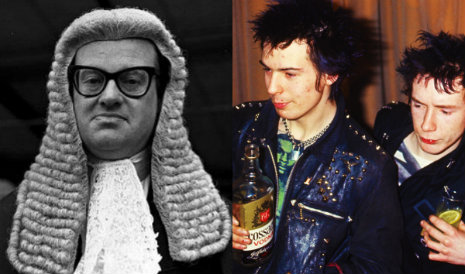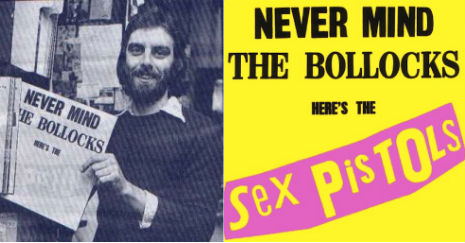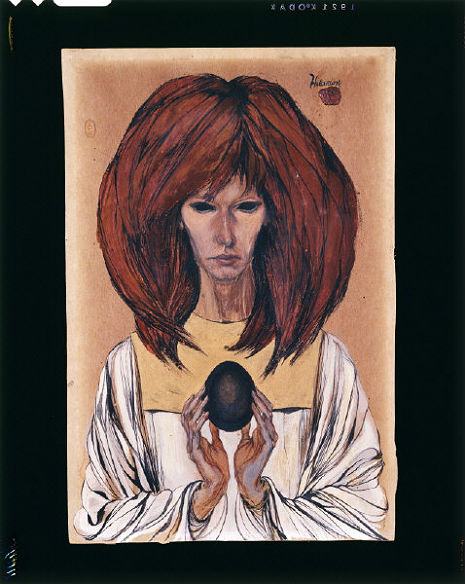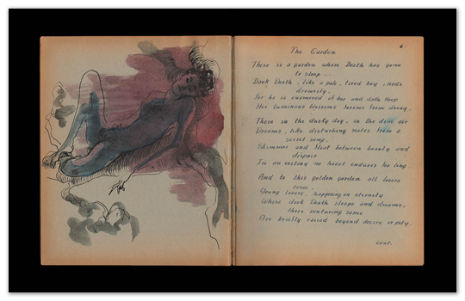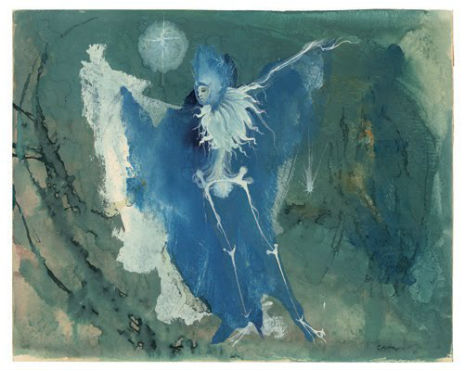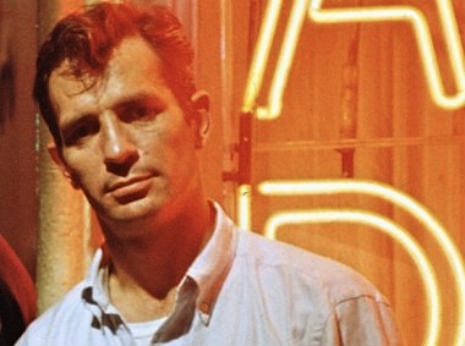
For some fascinating insights into the second half (roughly) of the pitiable era known as “Jim Crow,” the Negro Motorist Green Book is a positive trove of information. It was founded in 1936 by an African-American employee of the U.S. Postal Service named Victor H. Green, who realized that with the new availability of automobiles to a rising African-American middle class, travelers of his race increasingly required a guide to navigate the informal and treacherous logic of discrimination. The segregation of public transport made private ownership of motorcars highly attractive to the mobile African-American, and in addition there were increasing numbers of African-American athletes and entertainers who required to travel as a part of their work. George Schuyler put it well in 1930: “All Negroes who can do so purchase an automobile as soon as possible in order to be free of discomfort, discrimination, segregation and insult.”
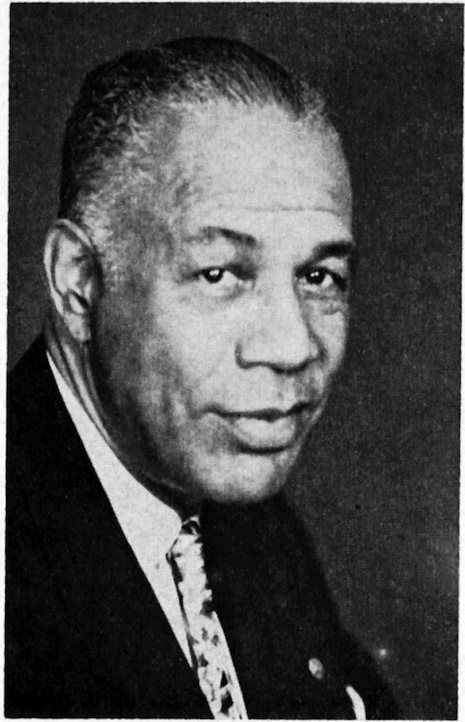
Victor H. Green
In many parts of America white-run hotels, restaurants, and garages would refuse to serve African-Americans or fix their vehicles. Furthermore, while avoiding public transportation made sense, that did not shield African-American travelers from the ire of whites who might find an African-American with an automobile “uppity” or the like. In short, traveling around in America as an African-American was no joke (for many non-whites, it is still not a trifling matter today, however, the U.S. has seen some improvements in these areas in the last several decades). The purpose of the Green Book was to illustrate where African-Americans could safely travel and find food, entertainment (night clubs), lodging, and other services such as tailors.
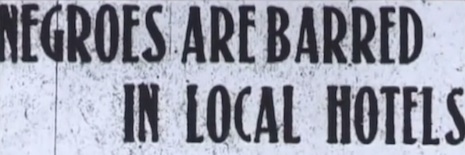
On the cover of the 1949 edition is a hopeful quotation from Mark Twain: “Travel Is Fatal to Prejudice.” The guide makes frequent reference to the necessarily incomplete quality of its information and repeatedly urges readers to inform hotels and restaurants about the Green Book so that the succeeding year’s information might become more complete. Here are a few lines from the introduction:
With the introduction of this travel guide in 1936, it has been our idea to give the Negro traveler information that will keep him from running into difficulties, embarrassments and to make his trips more enjoyable.
The Jewish press has long published information about places that are restricted and there are numerous publications that give the gentile whites all kinds of information. But during these long years of discrimination, before 1936 other guides have been published for the Negro, some are still published, but the majority have gone out of business for various reasons.
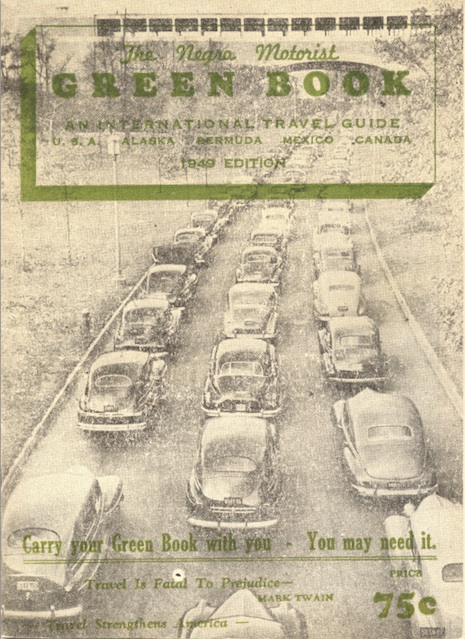
The guide is essentially not much more than a long list, organized by state, of businesses that will cater to African-Americans. An example from my current home city of Cleveland:

To read the entries for Cleveland and Staten Island and Providence, some of the places I’ve made my home, is to give these familiar landscapes an entirely new and menacing character.
The introduction ends with the following paragraph, which if you’re anything like me will tear your heart out in its simple, plaintive confidence that better days must be on the way:
There will be a day sometime in the near future when this guide will not have to be published. That is when we as a race will have equal opportunities and privileges in the United States. It will be a great day for us to suspend this publication for then we can go wherever we please, and without embarrassment. But until that time comes we shall continue to publish this information for your convenience each year.
The Green Book lasted until the Civil Rights era, when ambitious new legislation passed by Congress made the book all but obsolete. We are sadly not in a country where African-Americans have “equal opportunities and privileges,” but we are closer to that goal—there is no Green Book today, after all (or maybe I just don’t know about it?). Someday, perhaps, the existence of the Green Book in the mid-20th century will not be perceived as a statement of the obvious—that the United States can be a very dangerous place for African-Americans—but rather as an outlandish artifact of long-outdated hatreds.
You can download the entire 1949 edition of the Negro Motorist Green Book here.
Here is a brief documentary about the Green Book:
via Map of the Week
Thank you Lawrence Daniel Caswell!






